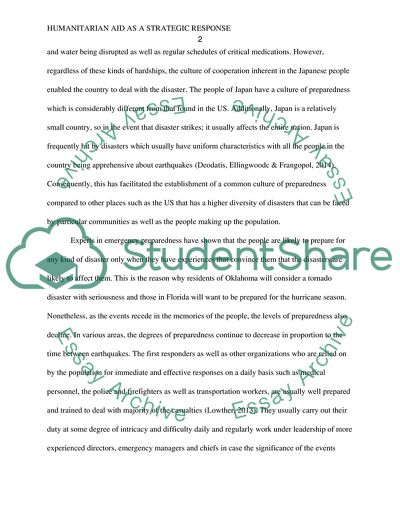Cite this document
(“Humanitarian Aid as a Strategic Response Assignment”, n.d.)
Humanitarian Aid as a Strategic Response Assignment. Retrieved from https://studentshare.org/environmental-studies/1700079-humanitarian-aid-as-a-strategic-response
Humanitarian Aid as a Strategic Response Assignment. Retrieved from https://studentshare.org/environmental-studies/1700079-humanitarian-aid-as-a-strategic-response
(Humanitarian Aid As a Strategic Response Assignment)
Humanitarian Aid As a Strategic Response Assignment. https://studentshare.org/environmental-studies/1700079-humanitarian-aid-as-a-strategic-response.
Humanitarian Aid As a Strategic Response Assignment. https://studentshare.org/environmental-studies/1700079-humanitarian-aid-as-a-strategic-response.
“Humanitarian Aid As a Strategic Response Assignment”, n.d. https://studentshare.org/environmental-studies/1700079-humanitarian-aid-as-a-strategic-response.


